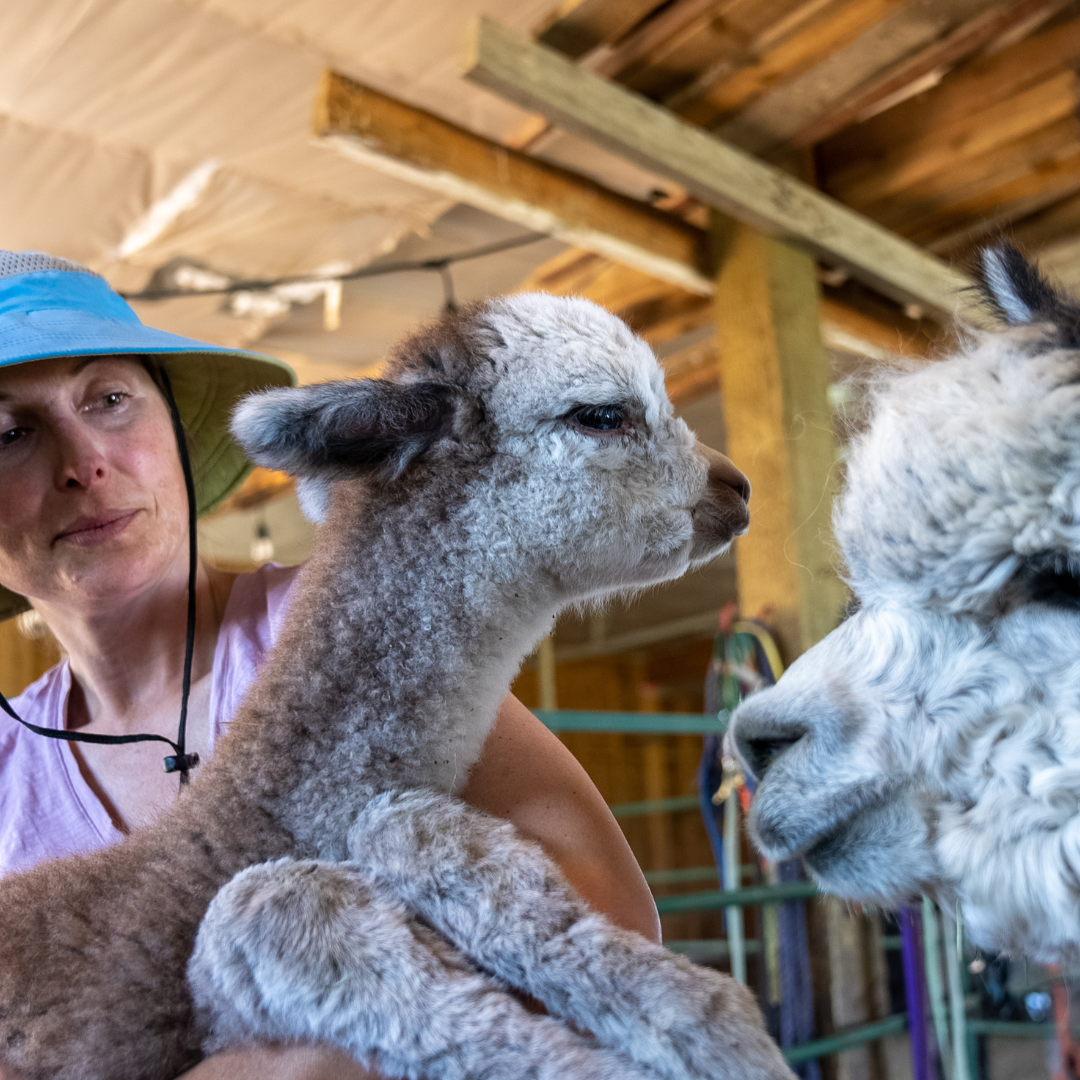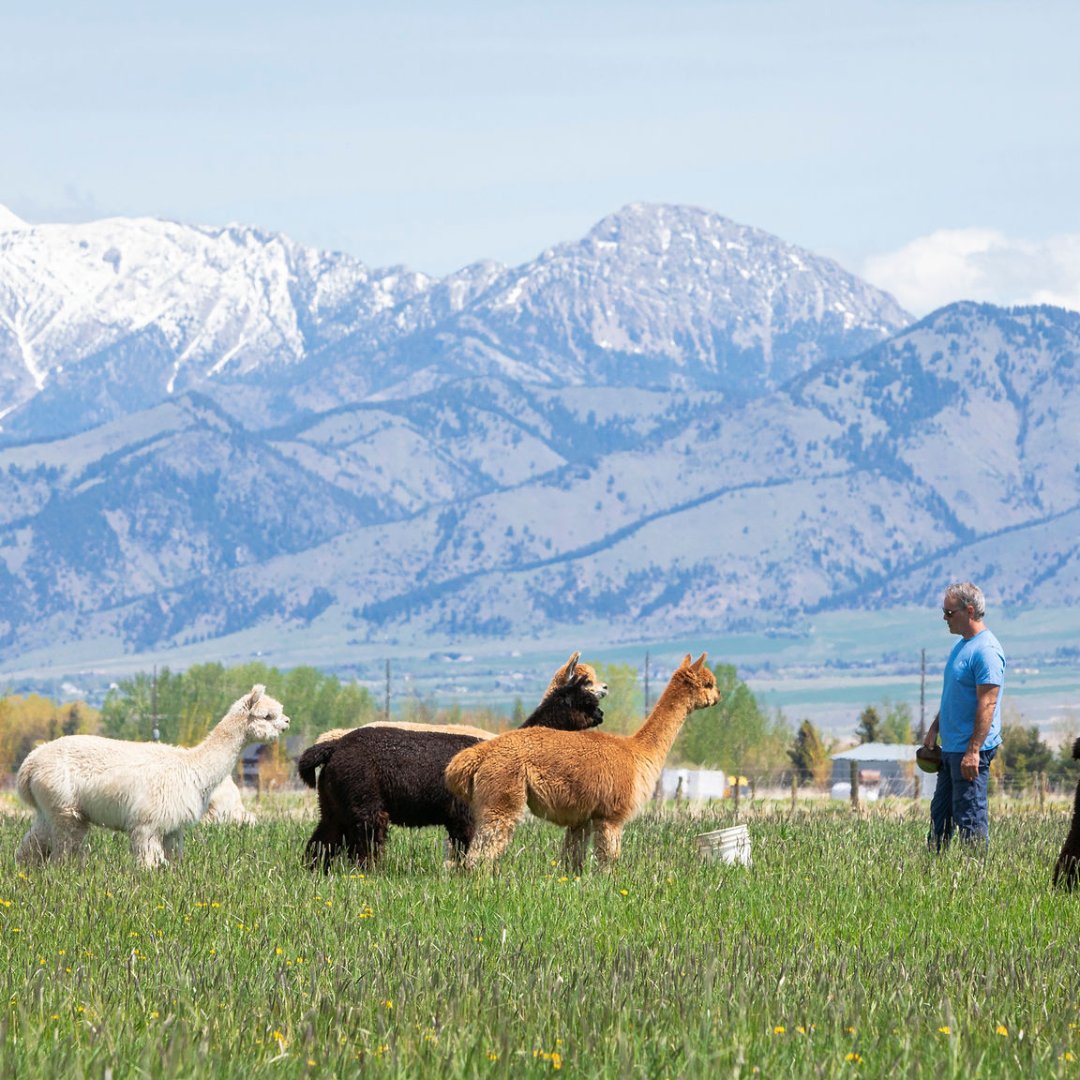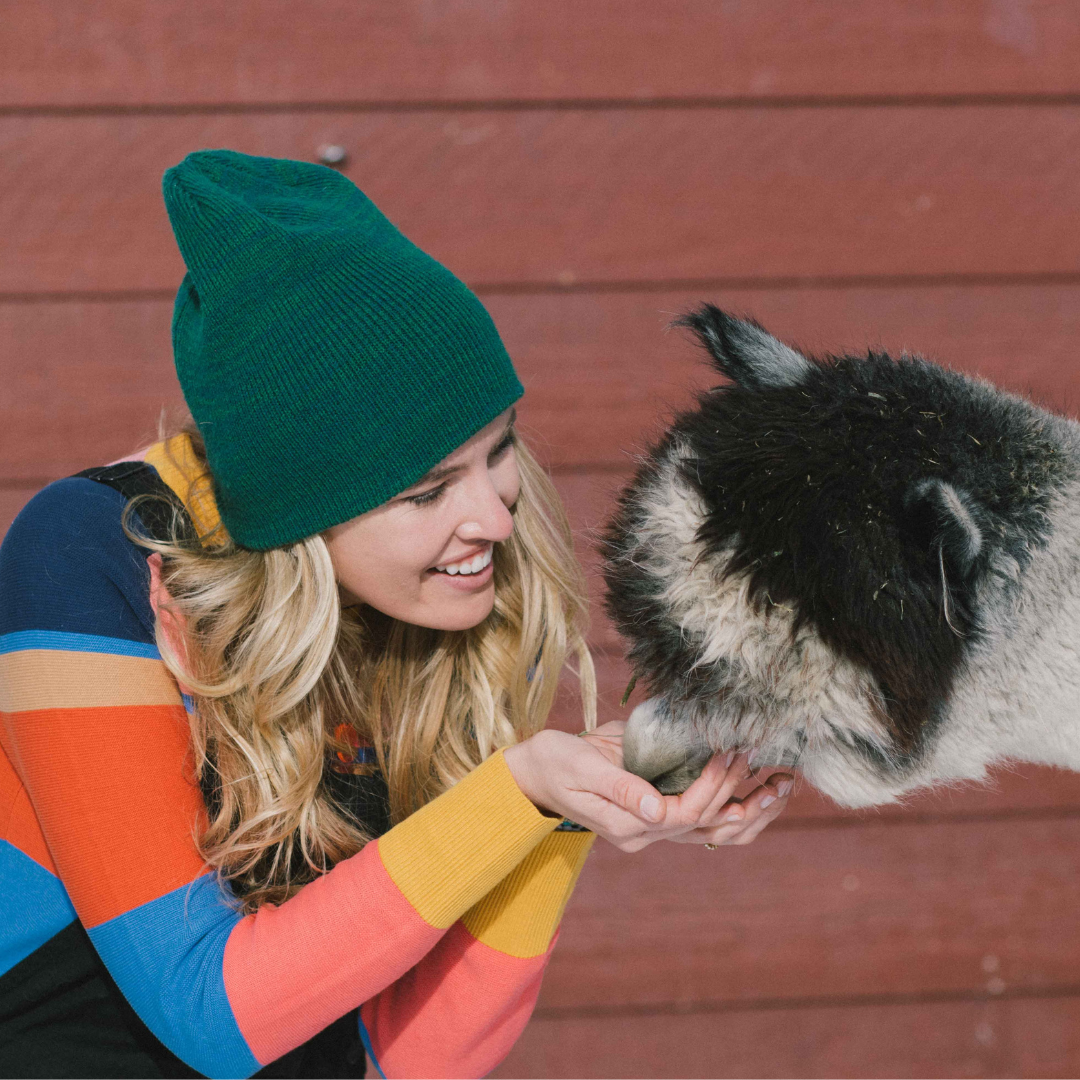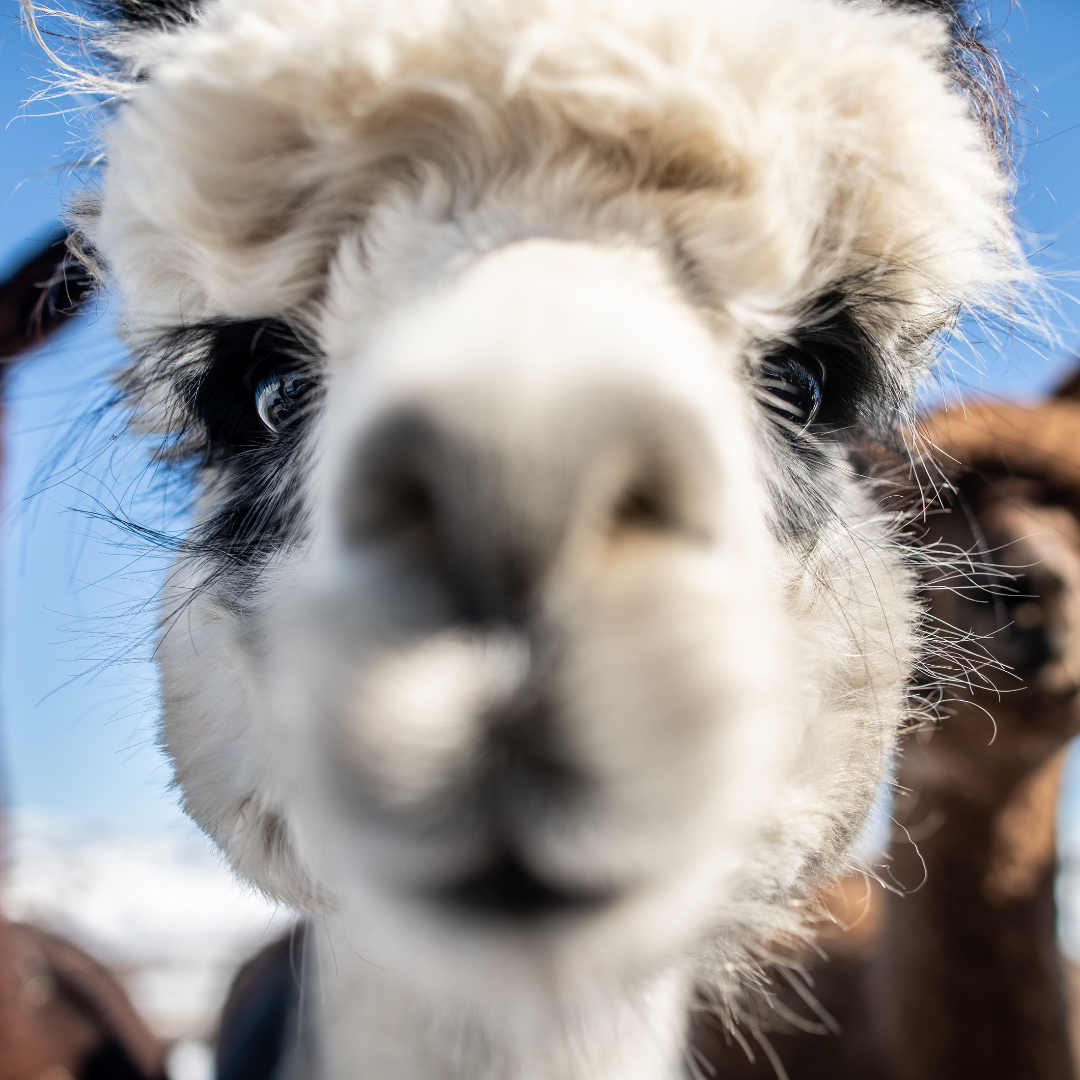Alpaca Farm Visits
About every 2-3 days we receive a call asking for a farm visit. This can mean many things. Are they interested in purchasing alpacas? Is it a school looking for more opportunities for hands-on education of camelids and farm life? Or, do they simply have an afternoon off and want to see something different? Most often these are the people who knock on our door at around 4 PM on Sunday, wanting to enjoy a little time with their kids feeding alpacas.
Each of these select groups requires a different amount of energy and focus. For those looking to purchase alpacas, this can be as a business, wanting new additions on their farm and/ or looking for a family project. We had one family come out with 4 pre-teen boys. Each picked out their alpaca, as did the mother, and they were each responsible for that alpaca. This was a great way to learn about breeding, showing, feeding, caring for and respecting another animal. The family is still in business today and thoroughly enjoying their alpaca lifestyle.
We usually bring people in to sit and talk first, letting them know our background, passion and knowledge regarding alpacas. We found if we take them straight into the pastures, they are a bit overwhelmed and we do not receive a lot of questions. This helps us gauge where they are with the buying process, getting down to the details of alpaca business plan, herd health, marketing and utilizing the fiber. Many are well researched, which we love. Because we offer so much information, the second (or third hour) can become daunting and seemingly overwhelming as they reach information overflow. I often feel like we hit a saturation point of information after we start looking at alpacas, putting their hands on them and trying to figure out why this one costs four times as much as the alpaca they are standing next to.
The school groups are always interesting, with a lot of creative questions. There are usually 5-10 “country” kids out of a group of 50 that have a great understanding about livestock and what it means to raise them. Many others that have not been as exposed to pastures and let alone free standing manure piles. Watching them go to the bathroom – especially to younger boys – is guaranteed entertainment. We usually station the kids on lawn for the first 10- 20 minutes, going over the history of alpacas and answering general questions – when do we shave them, what do you do with the fleece, why is that one so small? Four to five chaperones scan the crowd like security guards, making sure no one jumps onto the tractors or goes chasing off with one of the guard dogs. Then, off we go to feed the alpacas, funneling the large group from one pasture to the next, explaining that this is a llama, not an alpaca and come and grab your handful of pellets to feed the eager eaters.
The most casual and easiest group to gear up for is the casual visitor, wanting an alpaca experience. People call us for birthdays, grandkid entertainment, or they just happen to drive pass and saw the farm sign. I smile, grab my shoes and immediately head outside to the gates. The guard dogs serve as the welcoming committee. Intimidation from their size soon leads to belly scratches and “Wow that’s a big dog” as Grizzly, the Turkish Anatolian nudges their hand for more petting. We enter into the male pen with about 30 males, all with their ears up and noses out, looking to see who as the treats. At this point, most of the visitors hands go up showing their pellets and the boys move forward. It’s like a well choreographed greeting ceremony to total strangers. At first, the visitors are intimidated by being outnumbered. As the group of boys cautiously surrounds us for better distribution of the pellets and private feedings, there is a moment of pure joy felt in the crowd. They love it!
After an hour round trip, the people are happy with their experience, the alpacas are happy with the pellets and I am happy, once again, to be an alpaca farmer.


























































































